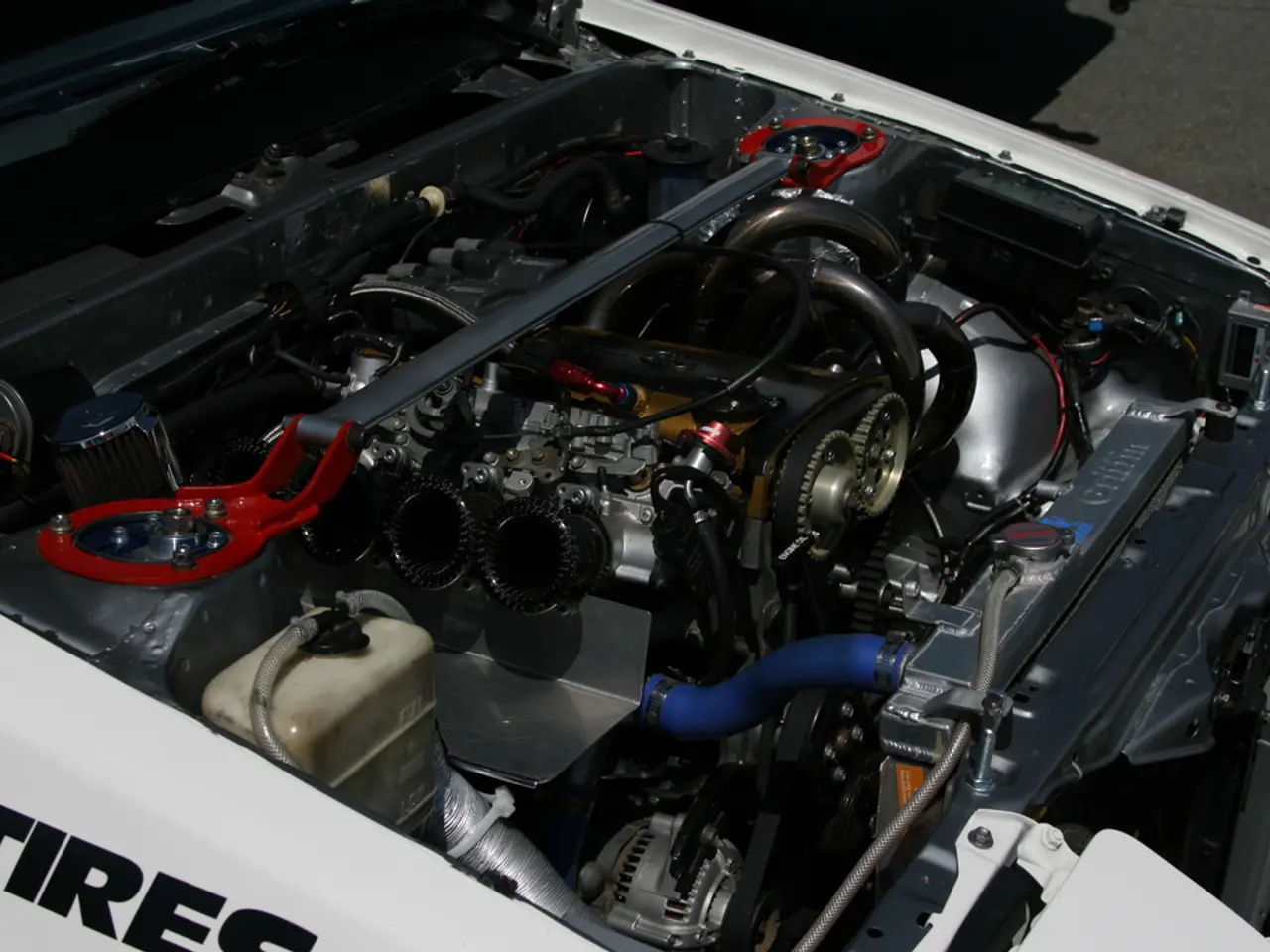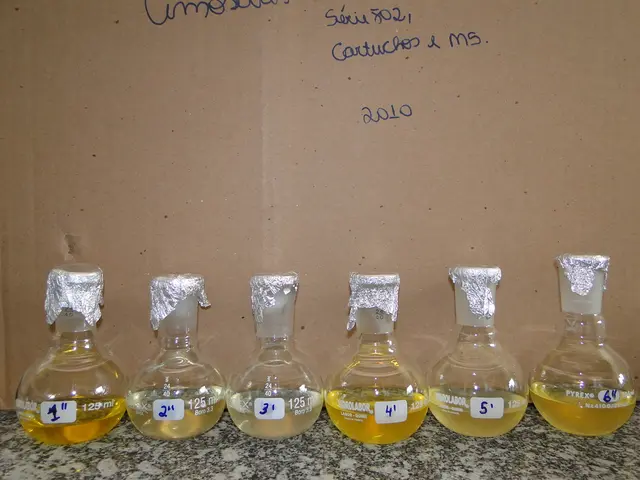Electric car batteries with self-healing capabilities may extend their lifespan and increase driving distance.
In an exciting development for the electric vehicle (EV) industry, the EU-funded PHOENIX project is working on a groundbreaking approach to battery technology that promises to significantly extend battery life and reduce the carbon footprint associated with EVs.
At the forefront of this initiative is Sufu, a battery chemist at CSEM who is leading the charge on a self-healing approach using thermal treatment to restore unique chemical bonding. The aim is to enable batteries to detect and heal internal damage on their own, effectively doubling their lifespan.
The PHOENIX project, which stands for "Predictive Health Management for Optimal Electric Vehicle Energy Storage Systems," aims to develop batteries that can heal themselves, a crucial step towards achieving the EU's legislative goals of ensuring all new cars and vans sold from 2035 onwards generate zero emissions.
While the addition of sensors to batteries provides valuable information on their health status, it also adds to the cost. The PHOENIX team is focused on identifying which technologies deliver enough benefit to justify the cost of EVs. The ultimate goal is to increase the range of electric vehicles and reduce the size of batteries by developing next-generation batteries with higher energy density.
One strategy for achieving higher energy density is to replace graphite, commonly used in batteries, with silicon. Despite being less stable and prone to expansion, silicon offers the potential for increased energy density. However, the challenge lies in managing this instability.
To address this, scientists are collaborating to design sensors that detect changes within a lithium-ion battery as it ages and trigger the battery's self-healing when needed. Healing in self-repairing batteries can involve processes like squeezing the battery back into shape or applying targeted heat.
The PHOENIX team is also exploring the use of magnetic fields to break up dendrites, branching metallic structures that can cause short circuits and failures in batteries. This approach promises to extend battery life, make them safer, and reduce the need for new battery metals.
In addition, the team is developing advanced sensors and triggers, including those that detect when the battery expands, generate a heat map, and watch for dangerous gases. These sensors will provide an early warning system for battery health, allowing for timely intervention and maintenance.
According to Ziegler, a member of the PHOENIX team, the project represents an exciting opportunity to prolong the lifetime of batteries and work on EVs. "It's all about bringing the parts together," Ziegler says.
In March 2025, a new batch of sensor prototypes and triggers was developed and shipped to partners for testing on battery pouch cells. The team is optimistic about the potential of these self-healing batteries to revolutionise the EV industry and contribute to a greener, more sustainable future.
[1] EU-funded PHOENIX Project Aims to Develop Self-Healing Batteries for Electric Vehicles. (2023). Retrieved from https://www.csem.ch/en/news/eu-funded-phoenix-project-aims-to-develop-self-healing-batteries-for-electric-vehicles [2] PHOENIX Project Aims to Double Battery Lifetime. (2023). Retrieved from https://www.battery-update.com/news/phoenix-project-aims-to-double-battery-lifetime [3] PHOENIX Project: Self-Healing Batteries Could Extend EV Life and Cut Carbon Footprint. (2023). Retrieved from https://www.greencarreports.com/news/1131351_phoenix-project-self-healing-batteries-could-extend-ev-life-and-cut-carbon-footprint [4] PHOENIX Project Aims to Reduce Demand for Critical Raw Materials in Electric Vehicles. (2023). Retrieved from https://www.battery-update.com/news/phoenix-project-aims-to-reduce-demand-for-critical-raw-materials-in-electric-vehicles
Technology and science are essential components in the development of self-healing batteries for electric vehicles by the EU-funded PHOENIX project. Sufu's self-healing approach, using thermal treatment to restore unique chemical bonding, is a prime example of how technology can contribute to improving battery lifespan and minimizing carbon footprint.




